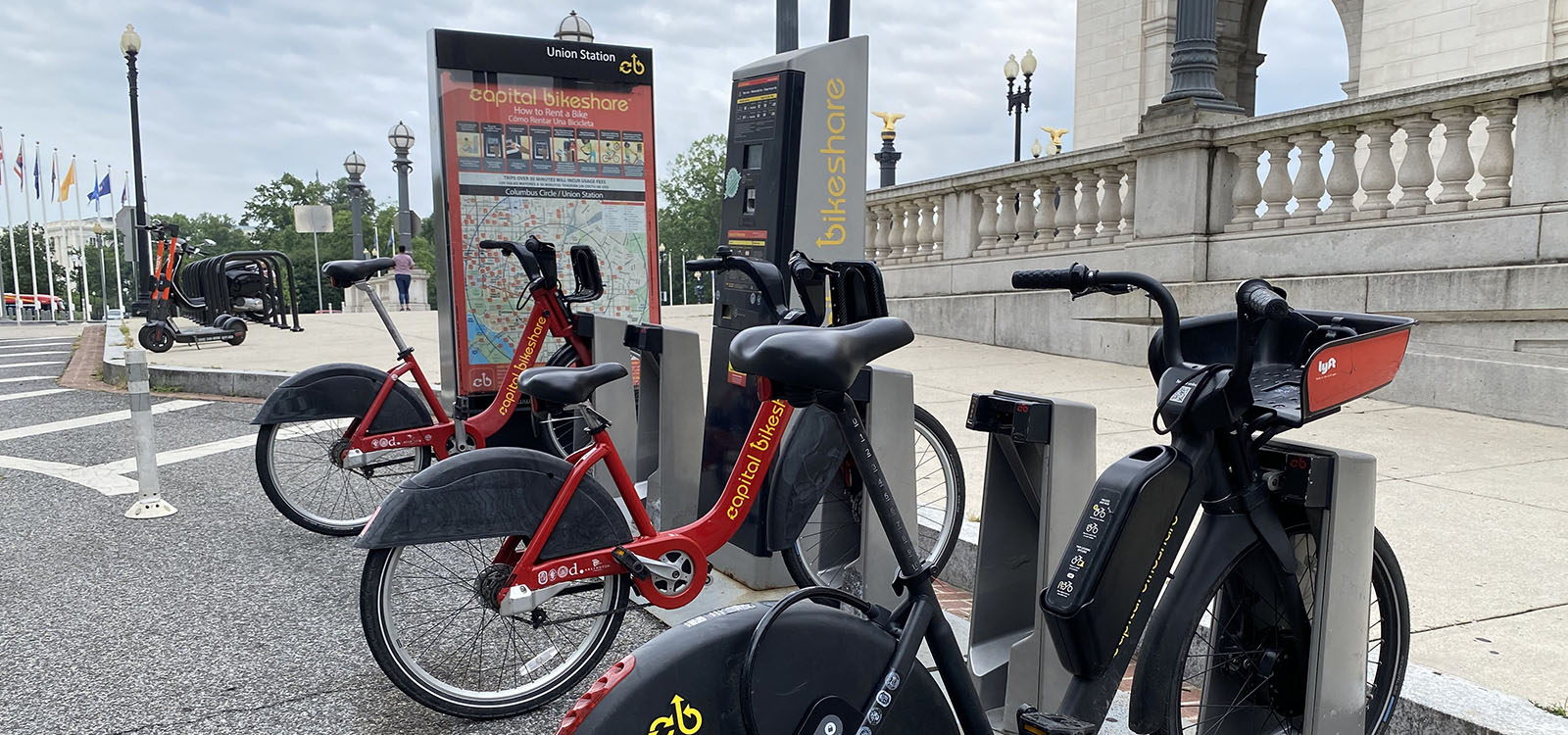As shared micromobility like bikes and electric scooters becomes a component of many people’s commutes, cities are looking to better account for these modes when developing mobility policies.
The current approach to accessibility analyses, however, relies on unrealistic assumptions about car travel and tends to omit newer modes, leading to inaccurate or incomplete results.
All Possible Commutes: How Micromobility and Realistic Car Travel Times Impact Accessibility Analyses is a working paper from NUMO and Transport for Cairo that introduces an improved method for accessibility analysis that incorporates the availability of shared micromobility as well as realistic car travel times.
The paper compares the results of case studies of four cities — Cairo, Mexico City, Minneapolis-Saint Paul and the San Francisco Bay Area — where accessibility analyses were conducted with and without these methodological improvements.
The methods developed for this paper provide more realistic estimates of access to destinations, as well as inform more precise and responsive planning and policy decisions
Learn more about this paper here.
Download a lower-resolution version of the report here.
Read the technical appendix here.
Find a GitHub repository of scripts and datasets from the paper here.
Header image: Carlos F. Pardo/Flickr
Open File
